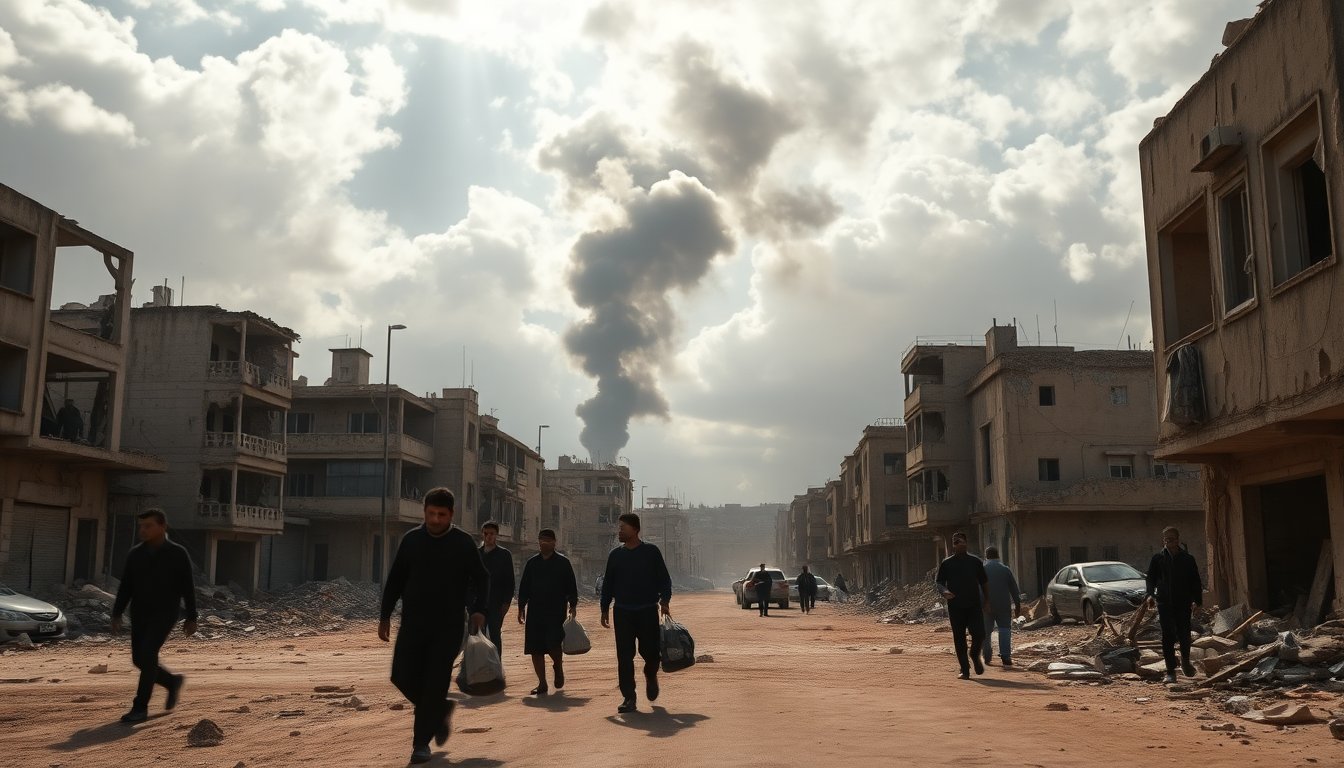Table of Contents
The conflict between Israel and Hamas has escalated, with ongoing violence undermining a ceasefire intended to provide relief from years of conflict. Since the truce was established on October 9, reports of Israeli airstrikes in Gaza have emerged almost daily, highlighting the fragile nature of the agreement.
Originally brokered as part of a broader diplomatic initiative by U.S. President Donald Trump, the ceasefire aimed to halt hostilities while leaving key issues unresolved for future discussions. However, both Israel and Hamas have accused each other of violating their commitments under the truce, resulting in a cycle of retaliatory violence.
Ceasefire violations and casualties
According to data from Gaza’s Ministry of Health, over 300 Palestinians have died and nearly 900 have been injured due to Israeli military actions since the ceasefire took effect on October 10. The Gaza Government’s media office claims that Israel has committed nearly 500 violations of the ceasefire, which include direct attacks, military incursions beyond the agreed yellow line, and destruction of civilian infrastructure.
Understanding the yellow line
The ceasefire included an understanding that Israel would withdraw its forces to a demarcated boundary known as the yellow line. This line is meant to separate areas controlled by Israel from those under Palestinian jurisdiction. However, reports have indicated that the Israeli military advanced this boundary by approximately 300 meters in eastern Gaza City, prompting denials from Israeli officials.
Israeli officials have warned that any attempts to breach this yellow line would be met with force. Despite these warnings, violence has continued, with recent airstrikes resulting in numerous casualties, including children. The ongoing conflict raises serious concerns about the viability of the ceasefire and the safety of civilians.
The impact on civilians and humanitarian efforts
While the ceasefire has allowed some humanitarian aid to flow into Gaza and permitted hundreds of thousands of Palestinians to return to their homes, violence has marred any sense of security. Health authorities report that ongoing Israeli strikes have led to significant civilian casualties, overwhelming hospitals with injured individuals.
The international community has expressed alarm over the situation, urging both parties to adhere to the ceasefire. Hamas has condemned Israeli strikes as escalatory and has called on the United States to pressure Israel to halt its military actions. However, U.S. officials have suggested that Hamas also bears responsibility for the breakdown of the ceasefire due to its failure to demilitarize.
Retaliatory attacks and their consequences
In response to perceived threats, Israel has conducted airstrikes targeting Hamas leaders and operatives. The Israeli military asserts that these actions are justified, claiming they are necessary to protect its troops from ongoing attacks. These strikes have resulted in significant casualties among Palestinians, including women and children, further complicating the humanitarian crisis in the region.
As the conflict continues, the toll on the population remains staggering. Reports indicate that nearly 70,000 Palestinians have died since the beginning of the conflict, with many more injured. This toll is not merely numerical; it represents shattered families and devastated communities.
A call for lasting peace
The situation remains fluid, and the urgent need for a lasting resolution is increasingly pressing. The reality on the ground reflects a deep-seated conflict that requires not just immediate ceasefire agreements, but also a comprehensive and sustainable peace plan that addresses the root causes of the violence. Without such efforts, the cycle of violence is likely to persist, perpetuating suffering for both Palestinians and Israelis.


